
Configuration Management Obstacles are Universal
As IT organizations seek to become more agile and secure, infrastructure and operations teams are turning to network automation solutions. Enterprise Management Associates (EMA) believes that any network automation solution must start with effective automation of the entire network change and configuration management (NCCM) process. Moreover, this NCCM automation must integrate across the entire network, from the data center to the cloud and out to the user edge. This report details the findings of a joint research project between Itential and EMA which reveals the state network configuration management and automation in typical enterprises.
In September 2021, EMA and network automation vendor Itential surveyed 1,027 IT professionals who are responsible for some aspect of designing, implementing, and/or managing networks. This survey examined the NCCM processes of IT organizations, their confidence in these processes, and how network automation can help.
Research Overview

of network management professionals are completely satisfied with their tools and processes they use for network configuration management.

of IT organizations consider a shortage of skilled network personnel a major challenge to network operations.

of IT organizations are at least somewhat concerned that their configuration management process could cause errors.

of network service degradations and outages were caused by manual errors.
Network Configuration Anxiety is Universal
IT organizations often struggle to impose effective processes for network configuration management. While automation can help, it is often piecemeal. Change controls aren’t very strong, allowing engineers who prefer to make manual changes via command line interface (CLI) to circumvent change controls. These shadow manual processes can lead to errors.

Dissatisfaction with Tools & Processes
Only 34% of network management professionals are completely satisfied with the tools and processes they use for network configuration management.
Configuration Management Satisfaction is Lowest in Large Networks
Network complexity also impacts the effectiveness of network configuration management. This report reveals that satisfaction with configuration management is lowest in the largest networks. With more devices under management, changes can take longer and become more prone to error.
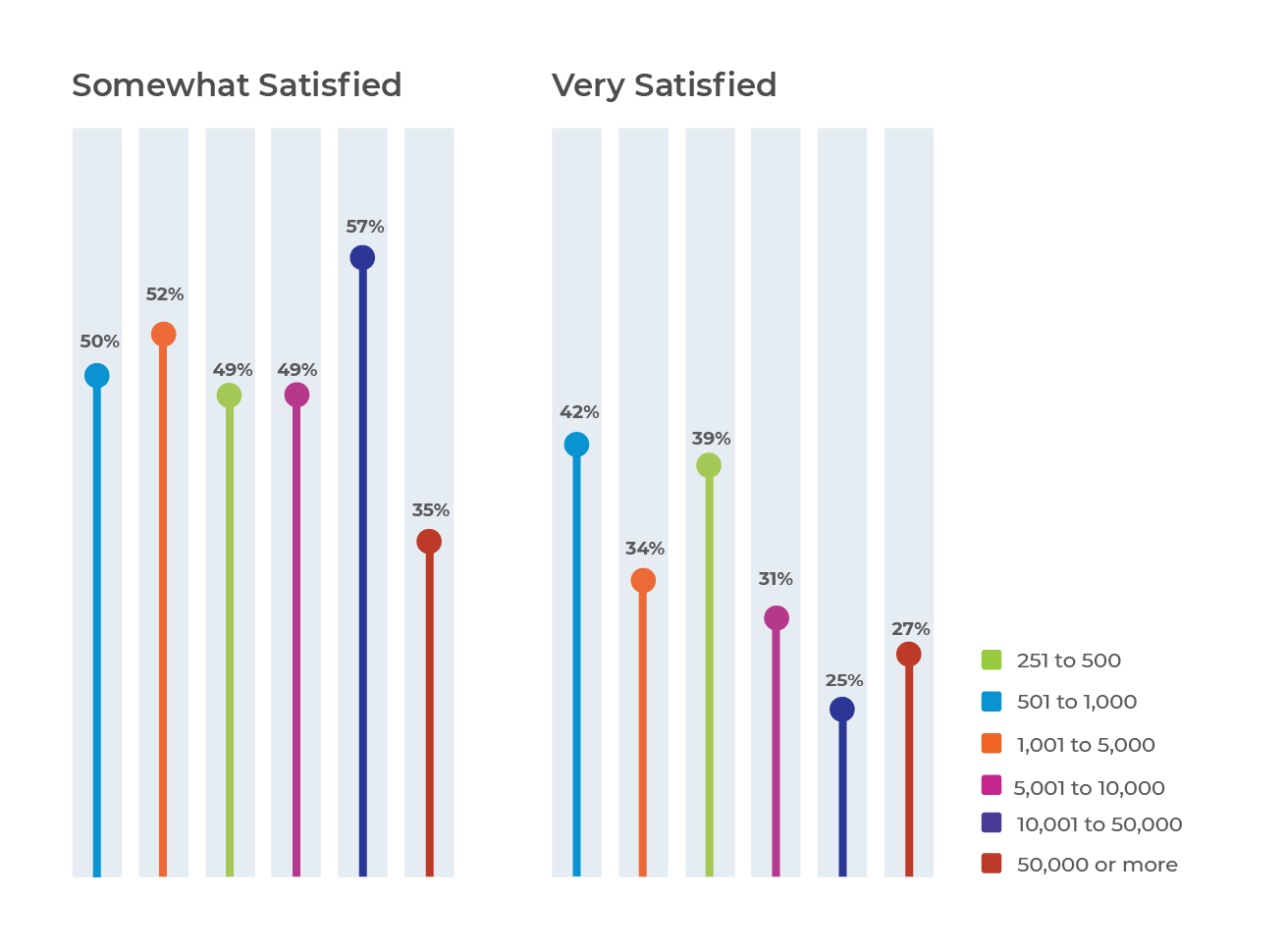
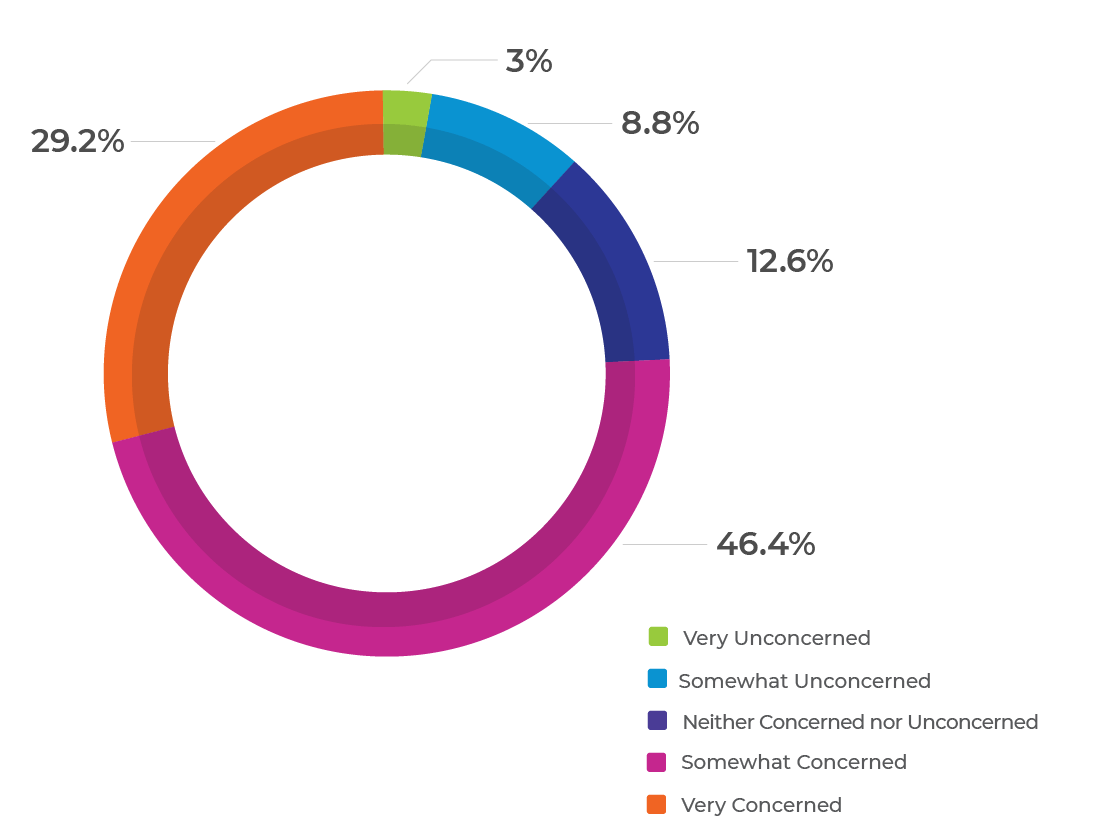
Configuration Management Processes are Introducing Errors
This dissatisfaction with network configuration management leads to high anxiety. Three out of four IT organizations are at least somewhat concerned that their configuration management process could cause errors that lead to security issues or performance problems.
Network Configuration Compliance Needs Improvement
Most IT organizations know their network configuration management processes need improvement. They know they are at risk of fatal errors. The question is: How do they fix this?
Configuration compliance is an essential starting point. Network engineers and architects generally know the intent of their network. They know how they want the network to behave and what network and security policies they want to enforce, but they aren’t confident in their network’s ability to comply with their intent.
Total Confidence in Network Compliance Audits is Rare
- IT organizations generally lack confidence in their networks’ ability to pass a configuration compliance audit.
- Compliance audit confidence is lowest in the data center, where the rate of change can be high.
- Confidence in the cloud is highest, where DevOps and CloudOps teams are often more comfortable with the automation tools they have available to them.
- LAN and WAN confidence are moderately better than the data center.
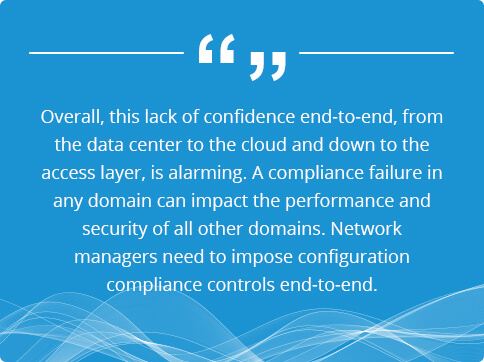
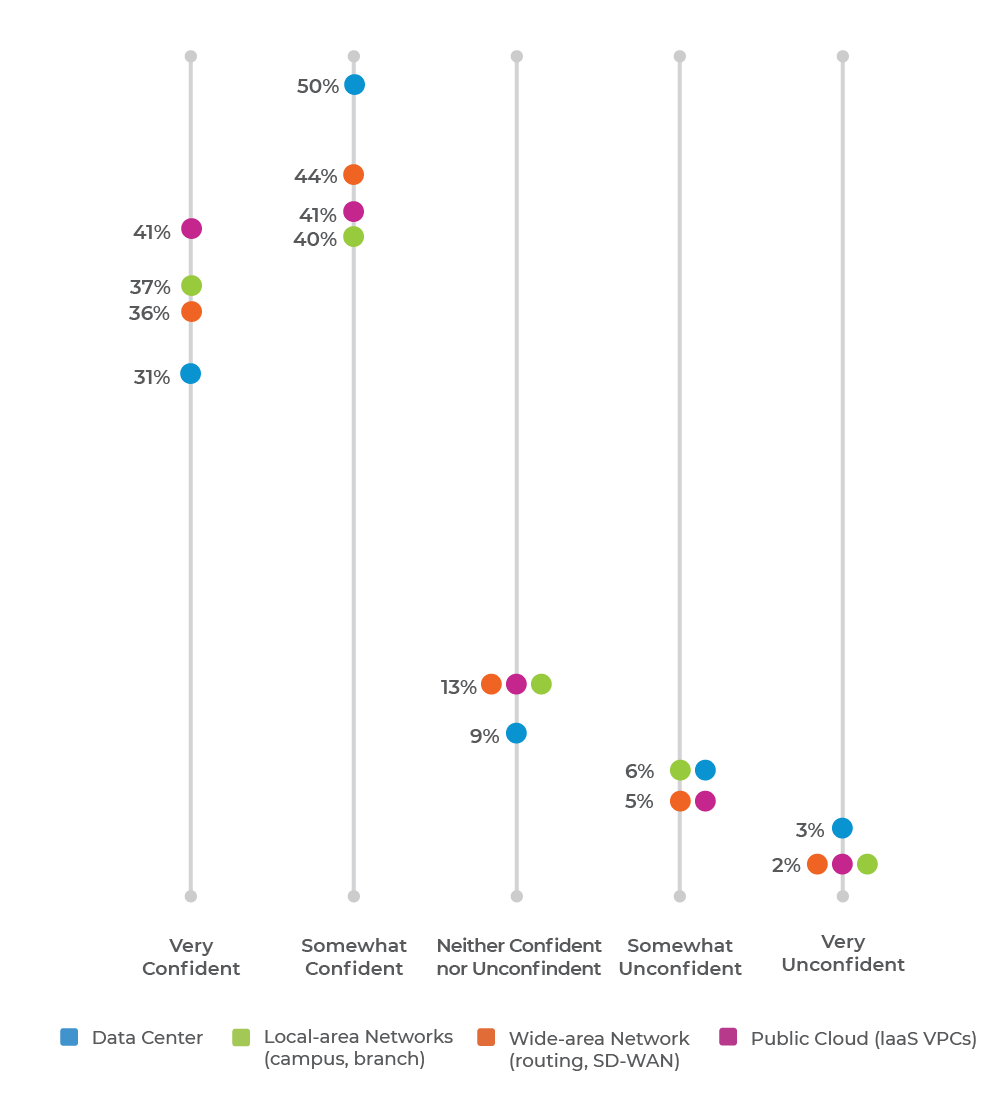
Network Automation Can Reduce Configuration Compliance Worries
This research discovered that reducing or eliminating manual configuration management processes can improve audit compliance and set up a technology organization for a successful network automation initiative.
Network teams are NOT confident that their network will pass a compliance audit.
Lack of Automation Undermines Network Configuration Compliance
Overall, the correlation between audit confidence and use of network automation varies from domain to domain, verifying what we already know. IT organizations often use different types of automation tools from one domain to another. While they might be satisfied with the automation they use in the LAN, they are less satisfied with the tools they use in the data center. The fragmentation of tools leads to inconsistent network controls. A lack of end-to-end network automation undermines the consistency of network configuration compliance.
Network professionals that are very confident their network will pass a compliance audit.

Getting Network Automation Right
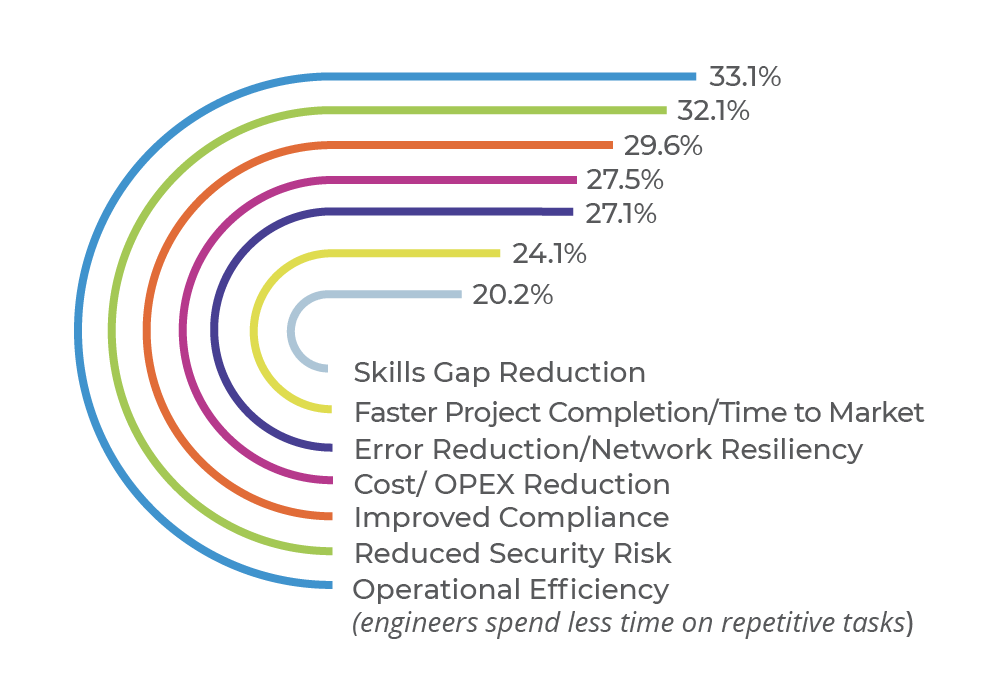
Define Your Goals for Network Transformation
Operational efficiency and reduced security risk are the top priorities. Automation can streamline operations by reducing time spent on repetitive tasks allowing engineers to focus on strategic work. Automation can also reduce security risks by ensuring network device and service configurations adhere to strict security standards.
Don’t Build It All Yourself
The most popular approach is to work with vendors, either those who sell off-the-shelf software or those who provide commercial support of open-source technology.
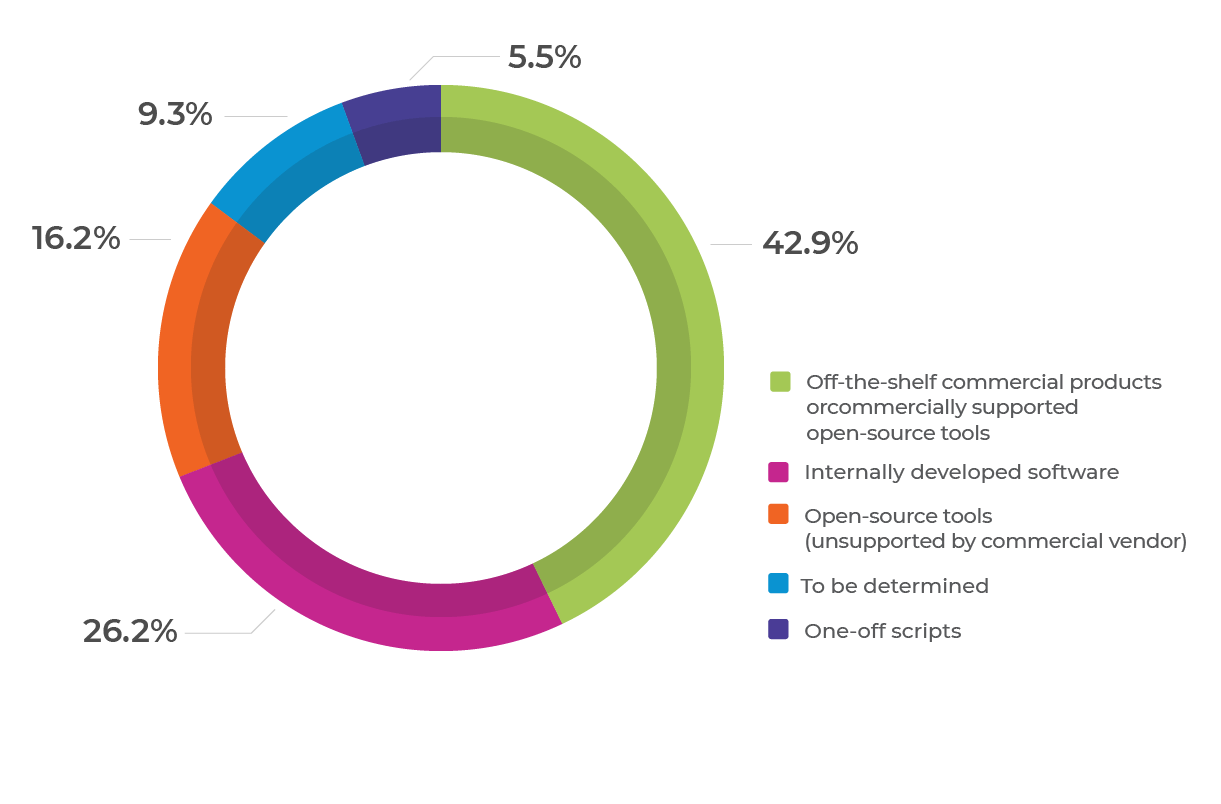
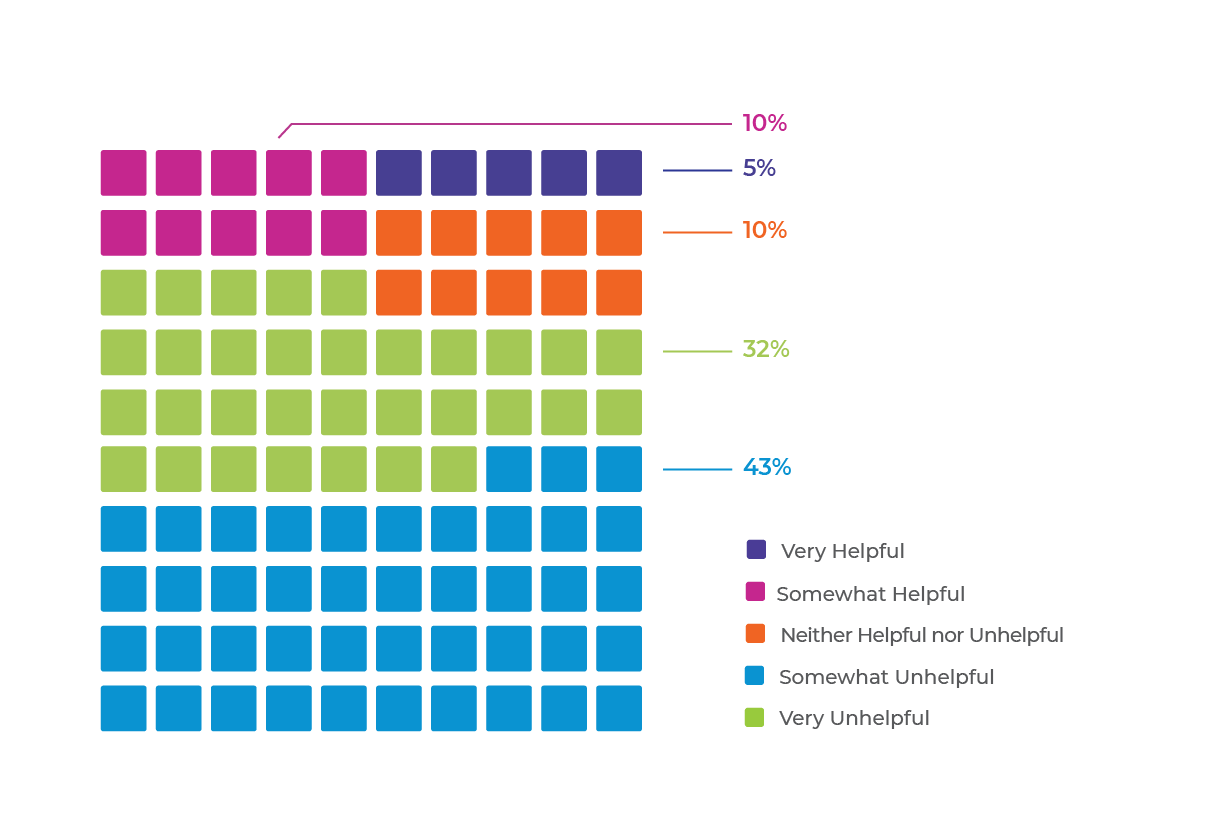
Programmability & Self-Service Networking
75% of organizations believe that self-service networking enabled by northbound APIs on network automation solutions will be at least somewhat helpful to IT operations.
Adoption Challenges to Avoid
Embracing network automation does not guarantee success. IT organizations have many choices to make about the kinds of tools they will use and how they will implement them. Many factors can make or break success. Some of the top challenges that IT organizations typically encounter with network automation include: .
- Skills gap among personnel
- Automation solutions take too long to implement
- Old equipment is difficult to automation
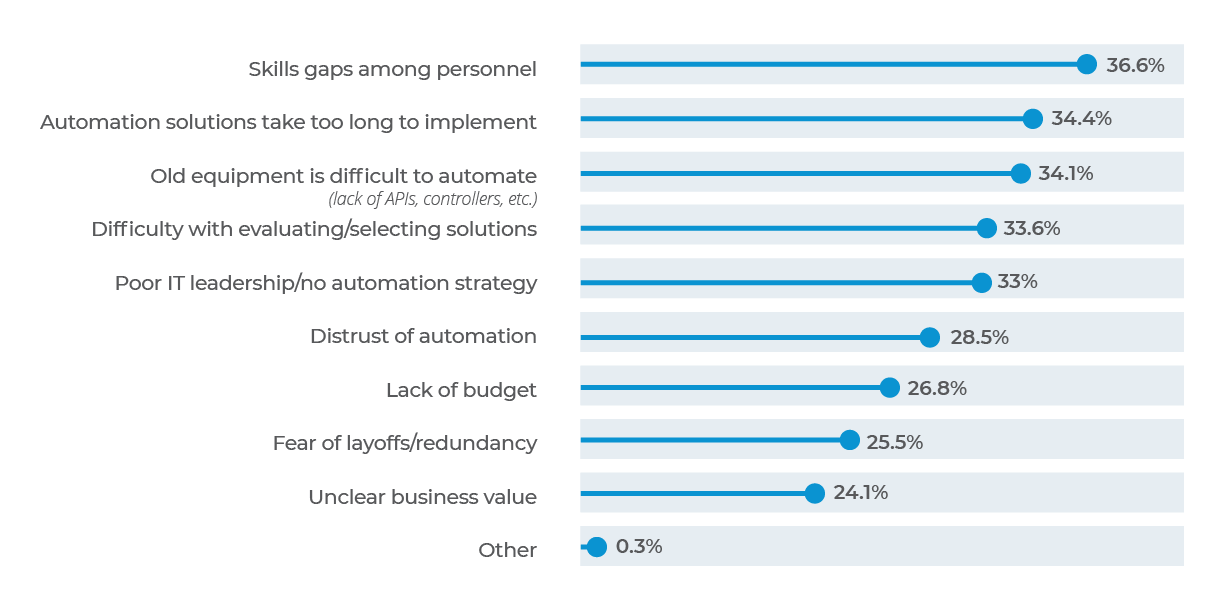
The Right Network Automation Tool Can Solve Network Compliance
IT organizations should focus on automation tools that can provide end-to-end configuration management and compliance. They should also acknowledge that network automation vendors can be tremendous partners. Working with vendors correlates the most with network automation success, versus developing custom tools in-house.
Network automation can drive operational efficiency, reduce security risk, and improve compliance, among other benefits. IT organizations should identify their priorities for using network automation to transform operations. Then, they can let those priorities guide their selection of a network automation solution.
Explore Full EMA Repot: The State of Network Automation:
Configuration Management Obstacles are Universal
Get Started with Itential
Start a 30 day free trial, or contact us to discuss your goals and how we can help.